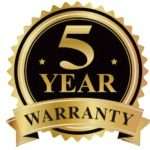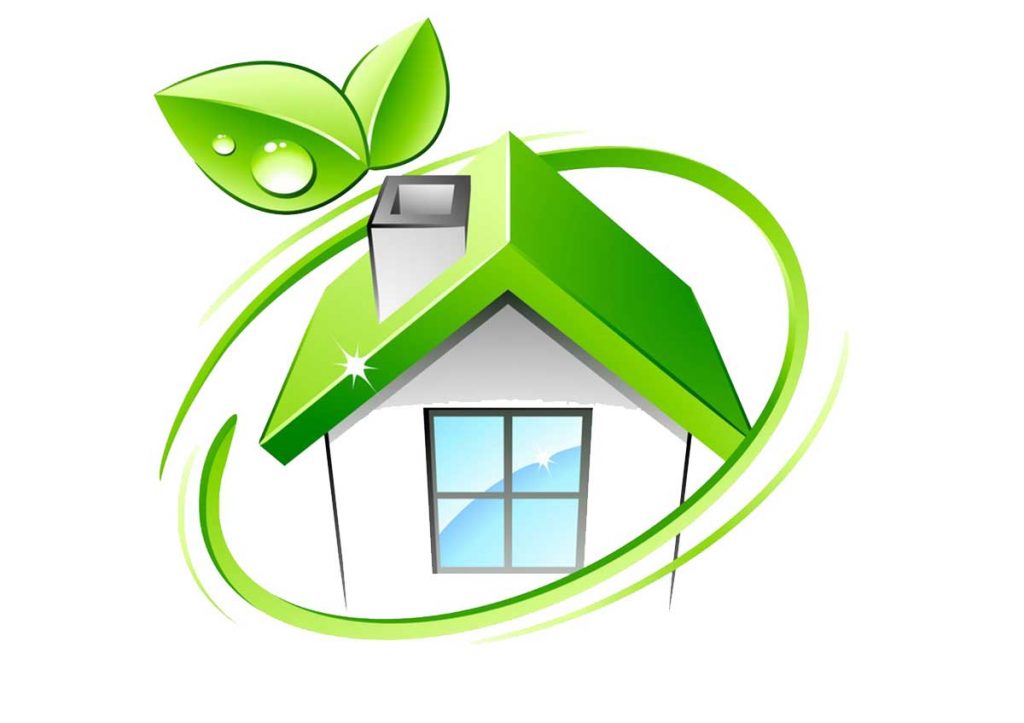Energy inefficiencies in your home are costing you – but it doesn’t have to be that way. Learn how to save energy in your home with our Home Energy Efficiency Checklist. With these energy-saving tips, you’ll find ways to optimize your house and save money all year long.
Every home is different. Use this home energy efficiency checklist as a starting point. Add tasks that are specific to your home as needed.
- Clean/replace filters: In the winter months, changing your furnace filter every 30-60 days is an easy way to cut down on heating costs. To test whether your filter needs a change, hold it up to a light. If light does not shine through, it’s time to change it. Cleaning air conditioning filters in the warmer months is just as easy and should be done just as often – simply flush it with water!
- Stop air leaks: Even the tiniest air leak can lead to large energy inefficiencies. To test for air leaks, burn incense and carefully move it around the perimeter of windows and doors. Where smoke wavers, cold air is entering your house and heat is escaping. Seal gaps with caulking or weather stripping. While a cool breeze is refreshing in the summer, in the winter it can mean you’re wasting up to 30 percent of your energy use. To rid your entryway of air drafts, try using a draft snake or rolled towel under a drafty door. Better yet, get your door fixed!
- Upgrade your thermostat: Making the switch to a programmable thermostat gives you control over the temperature in your home when you’re not there, making it easy to reduce energy waste. Simply schedule a programmable thermostat once, and it will do the rest, keeping your home comfortable when it counts and more energy efficient during overnights and when the house is unoccupied. There are several Wi-Fi enabled thermostats that give you the ability to adjust your home’s temperature, even if you are not home.
- Unplug & save energy: Be sure to unplug any “vampire power” devices that suck power from your outlets when you’re not using them. DVD players, computers, standby coffee makers and video game consoles all suck energy when not in use. If you can’t remember to unplug your electronics, use a smart power strip to cut power automatically when they’re not in use.
- Treat your windows right: Curtains, drapes and blinds form a great defense against cold winter air. Beyond that, if your home has older windows, shrink film window insulation is effective and easy to install.
- Reverse your fan in the winter: Don’t let the hot air you’re paying for just hang out above your head. Setting your ceiling fan to move slowly in a clockwise direction in the winter keeps hot air circulating and heats your home more efficiently.
- Cut back on water use: Small changes in water use can create big efficiencies. Turn off the faucet while brushing your teeth or shaving. Opt for showers over baths. Wash full loads of laundry rather than half loads. Install a low-flow shower-head. All these strategies save water and reduce the energy used by your water heater.
- Water heater insulation: When it’s cold outside you put a coat on to keep warm. Do the same for your water heater! Insulating your water heater can save you up to 16 percent in water heating costs annually.
- Lighten up: Replacing old bulbs with LED bulbs saves electricity year-round.
- Attic insulation: Insulation can make or break your home’s energy efficiency. With the right type and amount of insulation, you can avoid spikes in energy bills during both the coldest period of the year and the hottest. Keep a consistently comfortable temperature in your home from top to bottom with proper insulation.
- Avoid washing on hot: Avoid washing dishes and clothes on hot. Ninety percent of the energy used during these processes is used to heat the water while the remaining ten percent is used to run the machine. Using cool water saves a large amount of energy.
Get Help
Call or Text Fix It!® Handyman at (508) 305-2055 if You need help. You may also use our online form to let us know specifically what you need and even request special projects in the notes section.



